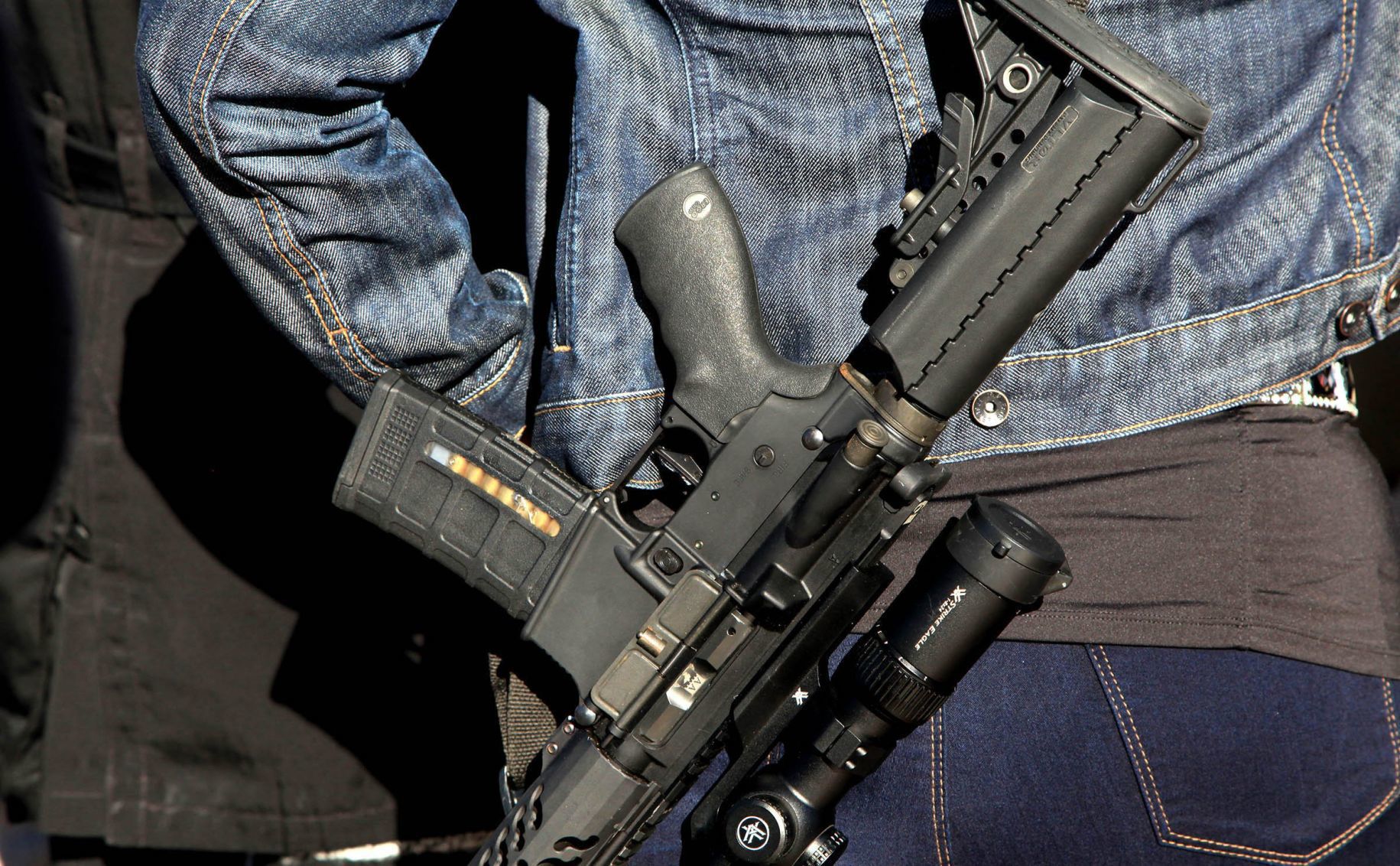

In fact, most colonies adopted common law as it had been interpreted in the colonies prior to independence, including the ban on traveling armed in populated areas. The American Revolution did not sweep away English common law. The city of London banned public carry of these weapons entirely. Concealable weapons such as handguns were subject to even more stringent restrictions. Members of the upper classes also had a limited exception to travel with arms. In 18th-century England, armed travel was limited to a few well-defined occasions such as assisting justices of the peace and constables. The American colonies inherited a variety of restrictions that evolved under English Common Law.

The modern gun rights movement has aggressively pursued the goal of expanding the right to carry firearms in public. Men could be fined if they reported to a muster without a well-maintained weapon in working condition. The colonies and then the newly independent states kept track of these privately owned weapons required for militia service. All of the colonies – apart from Quaker-dominated Pennsylvania, the one colony in which religious pacifists blocked the creation of a militia – enrolled local citizens, white men between the ages of 16-60 in state-regulated militias. This claim is also hard to square with the history of the nation’s founding.
#Types of guns during time constitution was written registration
Today American gun rights advocates typically oppose any form of registration – even though such schemes are common in every other industrial democracy – and typically argue that registration violates the Second Amendment. Actually, while the founding generation certainly esteemed the idea of an armed population, they were also ardent supporters of gun regulations.Ĭonsider these five categories of gun laws that the Founders endorsed.

When I began this research, most people assumed that regulation was a relatively recent phenomenon, something associated with the rise of big government in the modern era. I have been researching and writing about the history of gun regulation and the Second Amendment for the past two decades. Diligent students of history, particularly Roman history, the Federalists who wrote the Constitution realized that tyranny more often resulted from anarchy, not strong government.

Without strong governments and effective laws, they believed, liberty inevitably degenerated into licentiousness and eventually anarchy. The framers and adopters of the Second Amendment were generally ardent supporters of the idea of well-regulated liberty. On the left, frustration with the lack of progress on modern gun control leads to periodic calls for the amendment’s repeal.īoth of these beliefs ignore an irrefutable historical truth. Gun rights supporters – mostly, but not exclusively, on the right – seem to believe that the Second Amendment prohibits many forms of gun regulation. Ironically, those on both ends of our contemporary political spectrum cast the Second Amendment as a barrier to robust gun regulation. The 27 words that constitute the Second Amendment seem to baffle modern Americans on both the left and right. The Second Amendment is one of the most frequently cited provisions in the American Constitution, but also one of the most poorly understood.


 0 kommentar(er)
0 kommentar(er)
